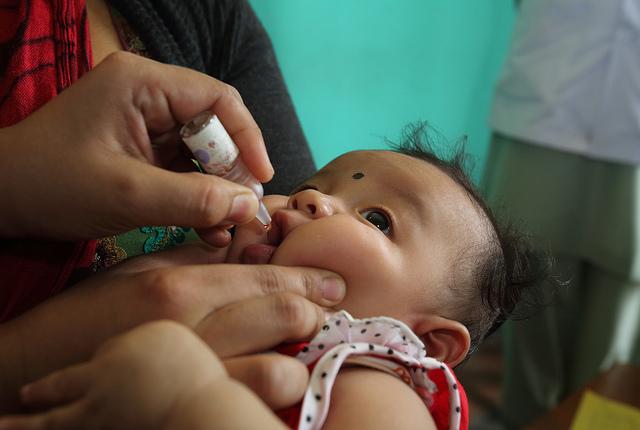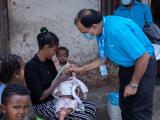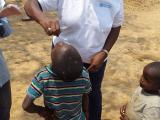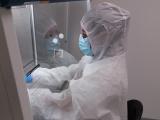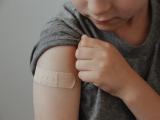A new analysis of global polio surveillance data covering the first 2 years after withdrawal of oral polio vaccine serotype 2 (OPV2) was withdrawn in 2016 found that Sabin 2 poliovirus (one of the three vaccine strains) in stool and sewage samples declined at 2 months after withdrawal.
After a year, however, virus detections continued because of monovalent OPV2 use to stem vaccine-derived poliovirus serotype 2 (VDPV2) outbreaks.
A research team from Imperial College London, the World Health Organization (WHO), and the Bill and Melinda Gates Foundation published its findings today in the New England Journal of Medicine.
Half a million kids studied
The study included stool samples from 495,035 children with acute flaccid paralysis from 118 countries and 8,528 sewage samples from four countries at high risk for transmission (Afghanistan, Pakistan, Nigeria, and Kenya) that were collected from Jan 1, 2012, to Jul 11, 2018.
In stool samples, prevalence of Sabin 2 poliovirus declined from 3.9% at the time of OPV2 withdrawal to 0.2% at 2 months after withdrawal. The detection rate in sewage samples dropped from 71% to 13% over the same period.
At the 1-year mark, Sabin-2 detection in stool samples was less than 0.1% and was 8% in stool samples. The researchers note that nine outbreaks were reported after OPV2 withdrawal and were linked to low routine immunization coverage and low levels of population immunity.
They concluded that high population immunity has helped the decline of Sabin 2 poliovirus after the OPV2 was withdrawn and has kept VDPV2 circulation to areas known for high transmission risk. They added that preventing such outbreaks in high-risk areas before too many kids become susceptible to type 2 poliovirus is a high public health priority.
Persistence required
In a related commentary, Mark Pallansch, PhD, with the National Center for Immunization and Respiratory Diseases at the US Centers for Disease Control and Prevention (CDC), wrote that the importance of population immunity to wild poliovirus eradication is well understood, and the authors of the new study provide the first evidence that population immunity is a critical determinant of successfully phasing out OPV.
He wrote that many questions remain, including the possible impact of a shortage of inactivated polio vaccine on population immunity. "The unfolding experience following the OPV2 switch will provide lessons that improve our understanding of problems confronting the endgame strategy of OPV cessation," he wrote.
Other elements for battling the disease include sustained surveillance, maintaining a vaccine stockpile, developing a better vaccine that produces mucosal immunity without the risk of VDPV, and antivirals to treat chronic infections, he said.
"Clearly, persistence and patience will be needed, not only to complete eradication of WPV, but also for the polio endgame." Pallansch wrote.
See also:
Aug 30 N Engl J Med abstract
Aug 30 N Engl J Med commentary
